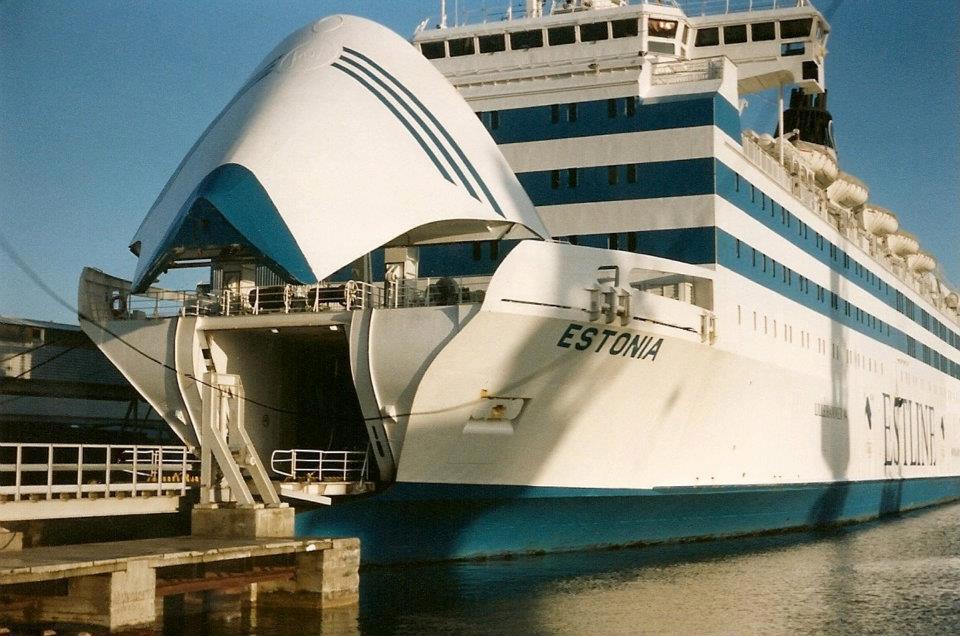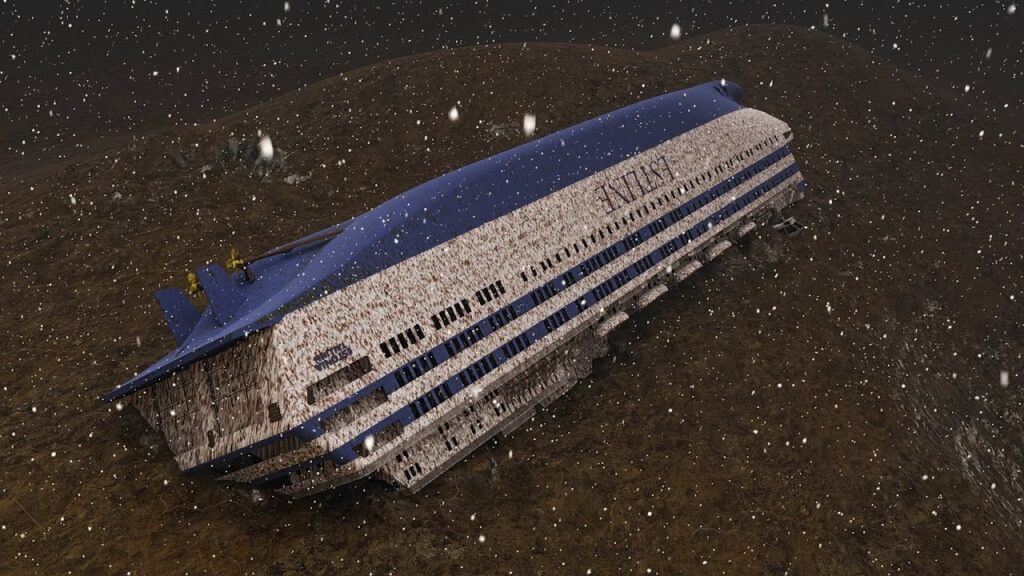New evidence from a German investigative consortium has raised suspicions that Russia may have turned the wreck of the MS Estonia – the ferry that sank in 1994 killing 852 people – into a training ground for underwater surveillance operations against NATO.
According to a detailed investigation by Germany’s WDR, NDR and Süddeutsche Zeitung, supported by The Times and other European outlets, NATO intelligence believes that the site of Europe’s worst peacetime maritime disaster may have been used by Russian military units to test and conceal advanced underwater spy technology.
The findings suggest that in recent years, technical equipment enabling the precise navigation of submersible drones and robots was positioned near or on the wreck, which lies at a depth of about 80 metres, roughly 35 kilometres south-east of the Finnish island of Utö. The wreck, designated an official maritime gravesite under a 1995 treaty between Sweden, Finland and Estonia, has been legally off-limits to divers for nearly three decades.
A sacred site under suspicion
The Estonia was carrying nearly 1,000 passengers and crew when it sank during a violent storm in the early hours of 28 September 1994, en route from Tallinn to Stockholm. Only 137 people survived. The disaster scarred both Estonia and Sweden and remains the subject of public trauma and political debate.
A year after the sinking, the three bordering nations signed an agreement banning dives to protect the peace of the victims’ final resting place. At one point, Sweden considered encasing the ferry in concrete, a plan later abandoned after protests from victims’ families who demanded transparency over the causes of the disaster.
Now, new intelligence reported by the German outlets indicates that the sanctity of the site may have been quietly violated. Several NATO member states are said to have received information that Russian military divers had been active in the area, using it for deep-water operations training and possibly to install equipment capable of recording the acoustic “signatures” – the distinct sounds of propellers and hull resonance – of NATO warships and submarines.
Military sources quoted in the report describe the wreck’s location, between Sweden, Finland and the Baltic states, as ideal for discreet monitoring of naval activity along major sea routes. The site’s official diving ban would make it an especially convenient hiding place for any devices mounted directly onto the structure.
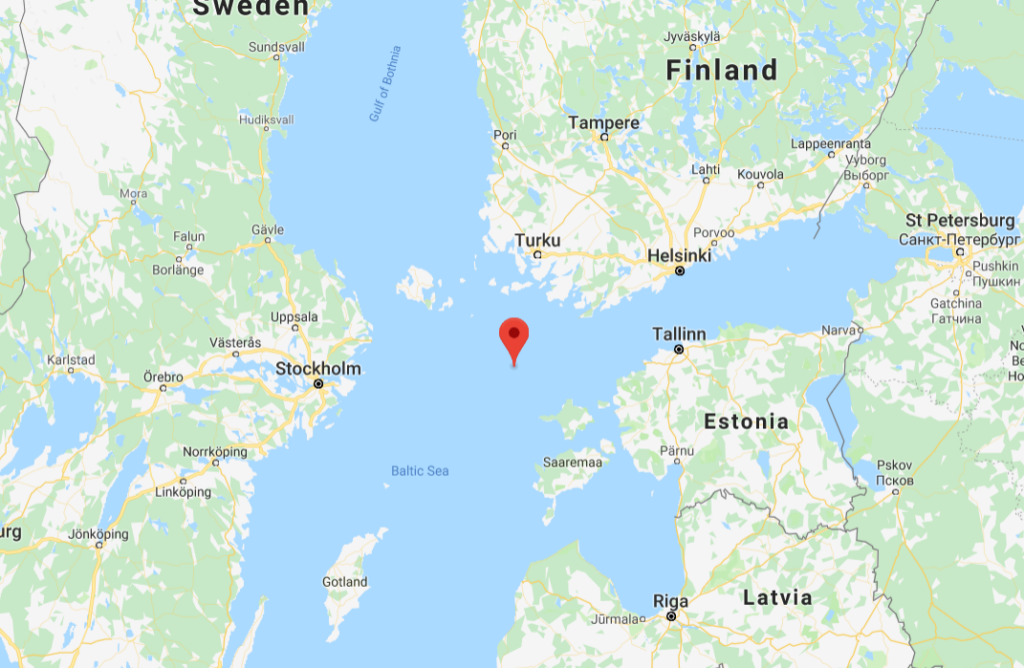
Estonia’s foreign ministry told the investigative journalists it is “closely monitoring developments” in the Baltic Sea alongside its allies, noting that Russia has behaved “increasingly aggressively” since launching its full-scale invasion of Ukraine. Finland’s Border Guard, while declining to comment on operational matters, said it maintains “a comprehensive understanding of Russian intelligence activities” in the region.
Russia’s secret deep-sea directorate
If confirmed, the operations at the Estonia site would fall under the remit of the Main Directorate for Deep-Sea Research, known by its Russian acronym GUGI. The top-secret unit, formed in the 1960s and directly subordinate to the Russian defence ministry, specialises in underwater espionage and sabotage – from tapping undersea cables to examining pipelines that carry energy supplies to Europe.
GUGI maintains a fleet of special-purpose ships officially classified as research vessels, among them the Yantar, a vessel regularly tracked near underwater infrastructure in the North and Baltic Seas. Western navies consider it one of Russia’s key intelligence ships. Earlier this year, the Royal Navy shadowed the Yantar as it sailed unusually close to Britain’s coastline.
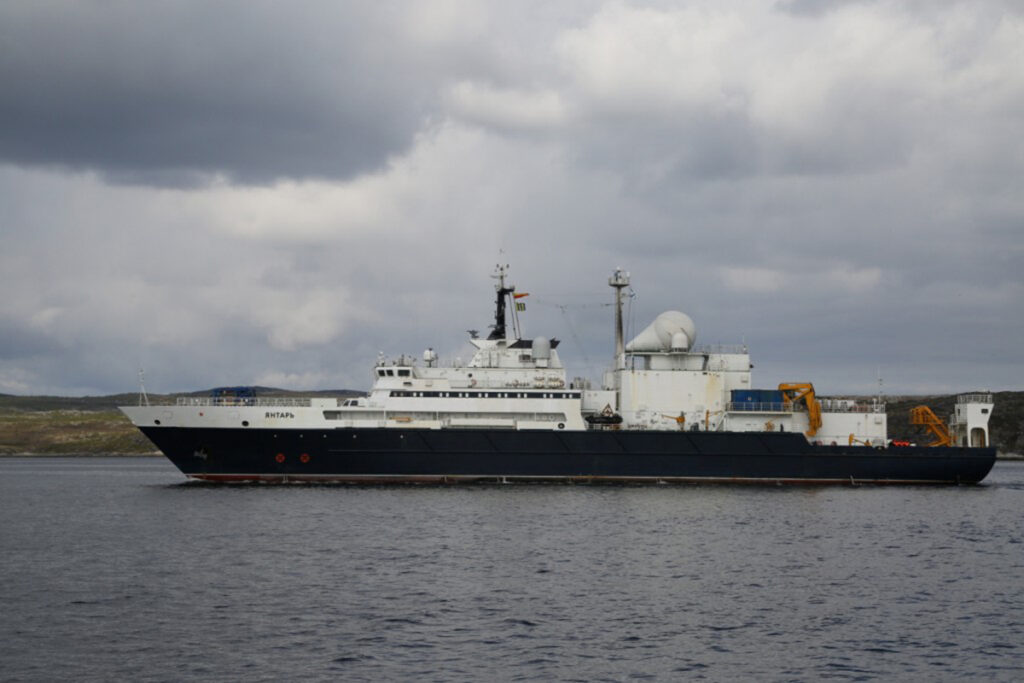
GUGI’s missions often involve placing hydrophones – underwater microphones – to record the acoustic profiles of Western vessels. NATO analysts believe that Russia employs not only these “research” ships but also submarines, civilian trawlers and cargo ships, and increasingly, unmanned underwater drones to deploy its surveillance systems.
Western technology and the “Harmony” project
The same German investigation revealed that Russian business networks have, for years, procured Western underwater technology through intermediaries and front companies. One Cyprus-based firm stood at the centre of deals worth around 50 million US dollars, with much of the equipment ultimately ending up in Russia.
Documents show the technology was used in constructing an extensive sensor network in the Barents Sea, known as Project Harmony, designed to detect Western submarines and safeguard Russia’s nuclear deterrent in the Arctic.
Security officials quoted in the report believe that smaller, similar surveillance systems have been deployed elsewhere – including in the Baltic Sea. Lithuania, Latvia, the UK and Ireland have all reported finding or suspecting Russian sonar equipment in their waters over the past few years.
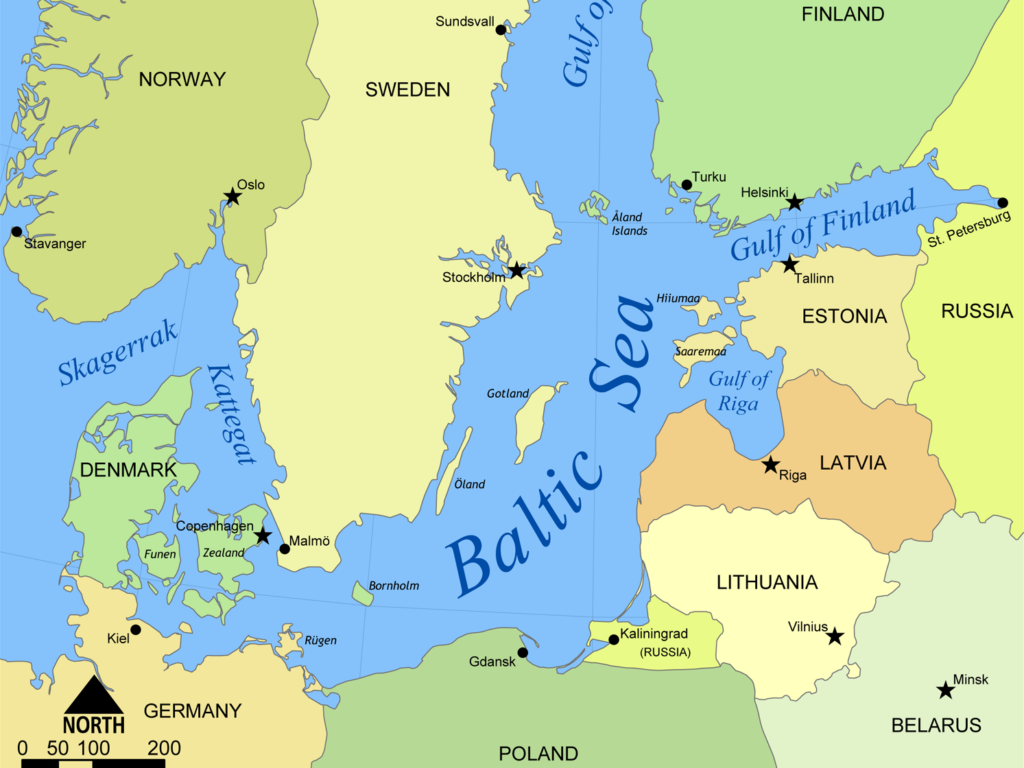
In early 2024, Lithuania publicly displayed a photograph of a Russian hydro-acoustic sonar device found on the Curonian Spit. Officials said comparable discoveries had previously been made off Britain, Ireland and Lithuania’s own coast.
A new dimension to a long-running story
The German revelations add a new dimension to a long-running story that continues to haunt Northern Europe. In December 2020, Sweden authorised a new underwater examination of the wreck after a Swedish documentary revealed a previously unreported hole in the hull.
The footage – recorded by remotely operated underwater vehicles – showed a gash four metres high and 1.2 metres wide on the starboard side. The film reignited speculation about possible external damage, prompting Sweden’s then home affairs minister Mikael Damberg to pledge a fresh investigation: “If there is new information, we need to look into it and clear up any questions,” he said at the time.
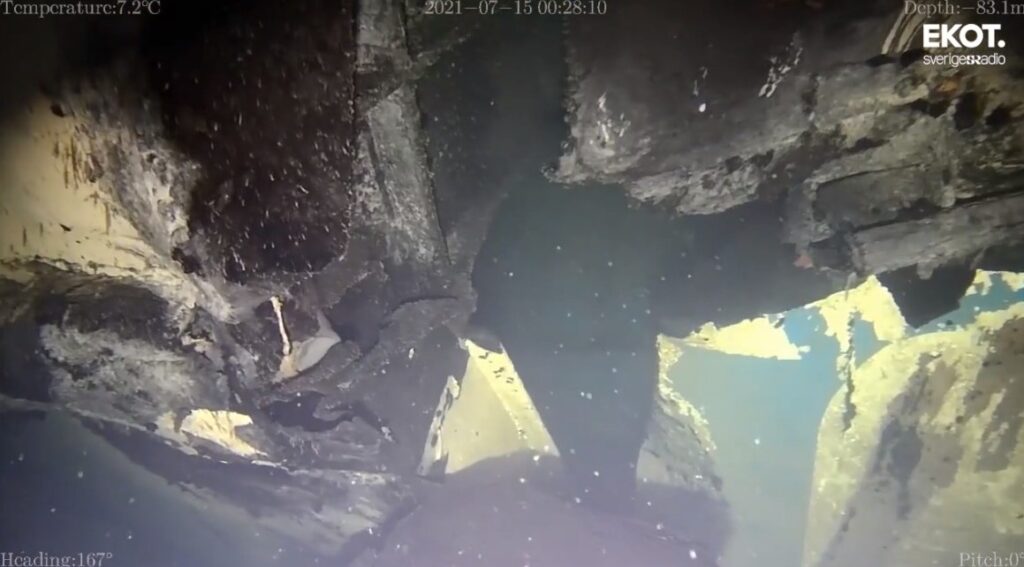
For Estonia, the disaster marked a defining national tragedy – the moment when the optimism of early independence collided with grief on a national scale. Yet three decades later, what lies beneath the Baltic remains both a memorial and a mystery.
If the latest intelligence proves true, the Estonia’s final resting place may now be serving an entirely different purpose: not a symbol of remembrance, but a silent outpost in a deepening struggle for control of the Baltic’s unseen depths.
Timeline: the MS Estonia and its aftermath
28 September 1994 – the ferry MS Estonia sinks in heavy seas on its voyage from Tallinn to Stockholm. Of the 989 passengers and crew, 852 lose their lives. It becomes Europe’s deadliest peacetime maritime disaster.
1995 – Sweden, Finland and Estonia sign an agreement designating the wreck as a protected gravesite. Diving in the area is strictly prohibited. Plans to encase the ship in concrete are later dropped following public protests.
2005–2019 – families of victims repeatedly call for renewed investigations amid doubts over the official explanation that a failed bow visor caused the sinking.
28 September 2020 – a Swedish documentary by journalist Henrik Evertsson reveals footage of a four-metre hole in the starboard hull. The film prompts fresh outrage and speculation in both Sweden and Estonia.
18 December 2020 – the Swedish government announces a new underwater examination of the wreck. Officials signal plans to amend the gravesite protection law to permit limited research.
2021–2024 – protective restrictions on the wreck are temporarily lifted to allow further investigations. Swedish, Estonian and Finnish authorities conduct joint dives.
24 October 2025 – German broadcasters WDR and NDR, together with Süddeutsche Zeitung and international partners, publish an investigation suggesting Russia may have used the Estonia wreck for covert underwater military exercises and surveillance operations against NATO.
